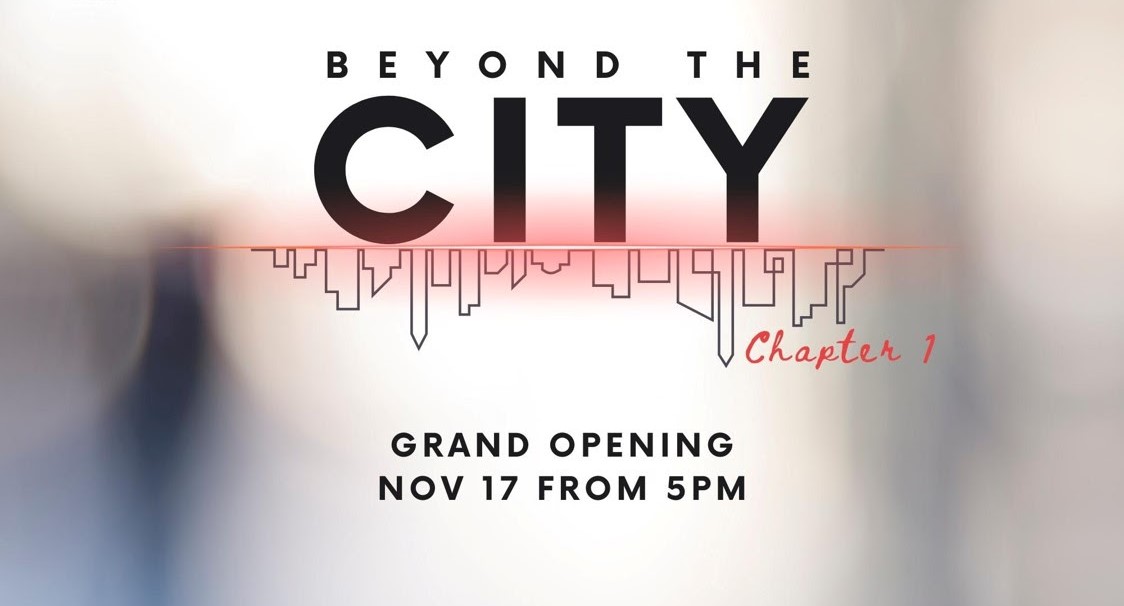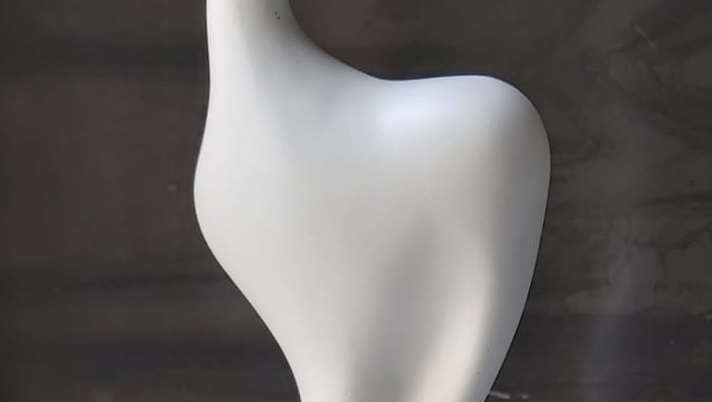Day 1: The Warm Welcome and First Impressions
The first day began with an overwhelming sense of welcome and hospitality at the Ithra Center, a cultural gem nestled in Dammam. From the moment I stepped through its doors, I was greeted with warmth that set the tone for what was to come. The welcoming atmosphere continued as we attended a media briefing led by the curators of the Ithra Museum. They shared intricate details about each of the three galleries, each one telling its own story, carrying layers of history and meaning.

After the briefing, we embarked on an excursion through the center itself, which left me in awe. The architecture was modern yet deeply respectful of its cultural roots. Every corner of Ithra told a story, from the gleaming library filled with books in both Arabic and English to the intricate design elements scattered throughout the building. The library was a true testament to the importance of knowledge in Islamic culture, and I found myself drawn to its vast collection, imagining the wealth of stories within.
Our first guided tour took us through three captivating galleries. The first gallery showcased contemporary art, offering a fresh, modern take on the Islamic artistic tradition. The second was a celebration of national outfits, which beautifully illustrated the rich and varied dress across the Arabic world. But the true highlight for me was the third gallery, dedicated to crafts of the Islamic world, which felt like a time capsule of the incredible artistry that has been passed down through generations. It was in this gallery that I truly felt connected to the deep, artistic heartbeat of Islamic culture.
The day culminated in the opening ceremony, a grand event that felt like an artistic performance in itself. King Salman of Saudi Arabia graced the occasion with a speech that resonated with pride and commitment to preserving Islamic heritage. The ceremony featured an innovative 3D art performance that was nothing short of mesmerizing, blending modern technology with traditional artistry in a way that captured the spirit of the conference.
Day 2: Panel Discussions and Insights
Day two was all about immersing myself in the conversations that fuel the world of Islamic art. I attended various panel discussions, where curators and international experts shared their knowledge and experiences. It was fascinating to hear about projects that delve into the intricacies of Islamic art history and the ways in which artists today are reinterpreting these traditions. There were stories about groundbreaking films that explore the themes of art and identity within the Islamic context, making me appreciate the contemporary relevance of this age-old craft.
A particularly intriguing session was led by the editor-in-chief of Aramco World magazine. He spoke passionately about the art of storytelling through images, explaining how each photograph and illustration is chosen to convey the depth and richness of Islamic culture. It was inspiring to learn how storytelling has transcended written word to become a visual art form that can communicate powerful messages without a single spoken word.

Day 3: Inspiring Conversations
The final day brought the opportunity to have one-on-one conversations that truly highlighted the passion and dedication of those in the field. I was privileged to sit down for an interview with Farah Abushullaih, the curator of the Ithra Museum. Her enthusiasm for the museum’s mission was infectious, and she spoke with a vision that was both inspiring and enlightening. Farah’s insights into curating exhibits that resonate with both traditional and modern audiences showed how deeply she values bridging the gap between history and contemporary society.

Later that day, I interviewed Konstantinos Chatziantoniou, the curator of the gallery dedicated to national costumes. His passion for preserving and showcasing the diverse dress of the Arabic world was palpable. He described how each piece told its own story of heritage, tradition, and the dynamic nature of cultural identity. Konstantinos’s words emphasized that each thread and fabric carried with it a rich history of artistry and craftsmanship that continues to evolve.

As the conference came to a close, I felt grateful for the opportunity to be part of an event that celebrated the diversity, depth, and beauty of Islamic art and culture. The conference brought together so many passionate individuals dedicated to preserving and developing Islamic crafts in all its forms. From curators to artists, historians, and scholars, the air was charged with the collective ambition to keep this rich tradition alive and evolving. I left Ithra with a deeper appreciation for the art, the history, and the people behind it—feeling proud to have experienced a slice of this incredible cultural tapestry.
Text and photos by our contributor Yekaterina Shaimardanova














